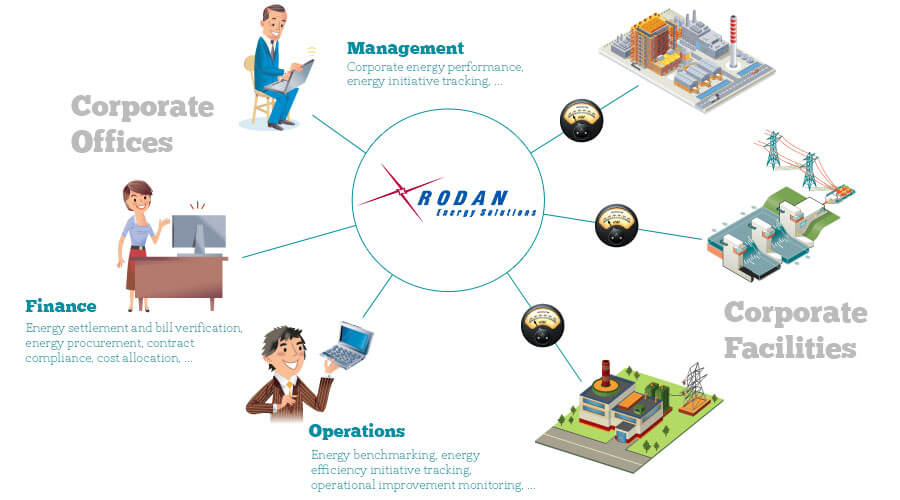At every stage of power generation, from generation to delivery to use, metering systems track the amount of energy transmitted and consumed at set intervals. As with almost any measurement, the quality of data you get from meters will depend on three key factors: the tools you use, the data you collect, and then how you use that data. If any three of these pieces are missing, you can’t really get the whole picture.
Meter Data Management Services or MDMS brings these three parts together.
Tools
When it comes to monitoring electricity use, businesses have several meter types to choose from. These types range from revenue-certified metering systems for large-scale power generation and transmission to the basic pulse meters attached to residential homes. Larger residences or buildings may require solutions that lie somewhere in between, and utility companies usually rely on a mix of different types. In many large-scale contexts, only a custom metering solution will do. Finding the right meter or meters for the job often means looking at MDMS as a whole and not just the meter.
Data Collection
While Meter Data Management starts at the meter, it doesn’t end there. Without the right meter for a specific solution, you will never have the right information, but having the right information is still only half the battle. Even a single, basic meter requires systematic data collection and storage in order to track how much electricity was used before, how much was used since that time, and if there are any irregularities in usage that could point to larger issues. In complex systems involving multiple meters, the data involved can grow exponentially more complex. Meaningfully collecting, sorting, and storing that data often requires complex software and hardware up to a demanding challenge.
Data Reporting
In addition to data storage, MDMS also helps businesses to assess and determine the best way to retrieve the data they need. In some cases, for example if meters discover an unexpected surge, this may include mandatory emergency notifications. Most of the time, all you really need are regular reports breaking the numbers down in easy-to-read ways, showing how much electricity passed through the meter and when. Regular reports are key to the safe and efficient operation of most businesses, showing who is using power how and when.
Improved Efficiency
A well-thought-out MDMS strategy is key to running an efficient operation. By using the right meters in the right place, collecting the right data, and receiving that data in a usable format at an appropriate time, businesses can objectively and clearly assess power usage over time. Knowledge gained from correct MDMS can help all levels, from a utility companies looking to determine real-time costs and usage to businesses seeking to streamline electric usage. In order to improve and respond, first businesses need to know the facts – and then they need to know how the facts change over time. Without this knowledge, one can never know for sure if what they’re doing is helping or hurting. With this knowledge, well-considered change is possible.
For more information about how to use technology to improve efficiency starting at the meter, contact us today.




